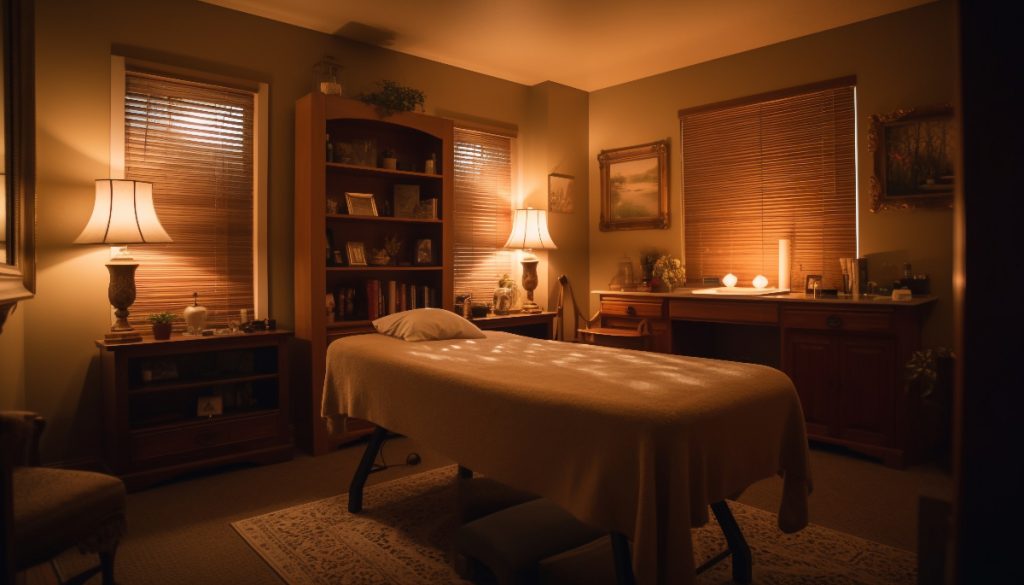
Understanding Migraines and Their Effects
Migraines are more than just headaches; they are a complex neurological condition characterized by severe throbbing pain, often accompanied by nausea, sensitivity to light, and sound. These debilitating episodes can last from hours to days, significantly impacting quality of life. Migraines stem from changes in brain chemicals, nerve pathways, and blood flow, which create intense discomfort and neurological symptoms.
The effects of migraines extend beyond physical pain, contributing to emotional stress, fatigue, and sleep disturbances. Managing them often requires a multi-faceted approach, and one natural, effective option gaining attention is migraine massage therapy.
How Massage Relieves Migraines
Massage therapy targets muscle tension, blood circulation, and stress—all key factors that influence migraine onset and severity. By applying pressure to specific areas, a trained massage therapist can ease tightness in the neck, shoulders, and scalp, which are common migraine triggers.
Massage also stimulates the release of endorphins, the body’s natural painkillers, and enhances blood flow to the brain and muscles. These physiological effects help reduce migraine intensity and frequency. Additionally, massage promotes relaxation by lowering cortisol levels, the stress hormone, which often exacerbates migraine symptoms.
Key Techniques for Migraine Massage
Several targeted massage techniques are beneficial for migraine sufferers:
- Trigger Point Therapy: Focuses on relieving tight knots in the muscles around the head, neck, and shoulders that frequently cause headache pain.
- Scalp Massage: Gentle kneading of the scalp encourages blood circulation and relaxation of the cranial muscles.
- Neck and Shoulder Massage: Loosens tension in the trapezius and cervical muscles, which often tighten during migraine episodes.
- Swedish Massage: A soothing technique using long strokes and gentle pressure to reduce overall stress and improve circulation.
- Acupressure: Applying pressure to specific points like the web between the thumb and index finger or base of the skull to trigger pain relief responses.
Benefits of Migraine Massage
Migraine massage offers an array of benefits that contribute both to immediate relief and long-term management:
- Reduces Pain Intensity: Directly alleviates muscle tension reducing headache severity.
- Decreases Migraine Frequency: Regular massage can reduce the number of migraine attacks over time.
- Promotes Relaxation: Lowers stress hormone levels and calms the nervous system.
- Enhances Blood Flow: Improves oxygen delivery and nutrient exchange to affected tissues.
- Improves Sleep Quality: By promoting relaxation and reducing pain, massage helps normalize sleep patterns.
- Supports Emotional Well-being: Reduces anxiety and depression often linked with chronic migraine sufferers.
Stress Management for Migraine Relief
Stress is a major trigger for migraines, and managing it is critical for effective relief. Migraine massage reduces physical and emotional stress by calming the nervous system and encouraging relaxation. Incorporating massage into a broader lifestyle that includes mindfulness, regular exercise, and proper hydration can significantly minimize migraine episodes.
Improved Sleep Associated with Massage
Many migraine sufferers experience disrupted sleep due to pain and stress. Massage therapy enhances sleep by relaxing muscles and releasing calming neurotransmitters, enabling deeper, more restorative rest. Improved sleep, in turn, reduces migraine susceptibility and helps maintain overall health.
Long-Term Benefits and Lifestyle Support
Consistent migraine massage as part of an integrated approach offers lasting benefits:
- Reduced reliance on medication.
- Enhanced muscle flexibility and posture to prevent tension buildup.
- Heightened body awareness to detect early migraine signs.
- Strengthened resilience against stress through regular relaxation.
Combine massage with healthy habits like balanced nutrition, hydration, and regular physical activity for optimal results.
Tips for Migraine Massage
- Schedule sessions before migraine onset or during early symptoms for best results.
- Communicate clearly with your therapist about pain levels and migraine history.
- Use relaxation techniques such as deep breathing during and after massage.
- Apply warm compresses post-massage to further ease muscle tension.
- Stay well-hydrated and rest after treatment to maximize benefits.
Where to Find Migraine Massage Services
Trusted migraine massage therapy can be found through several professional platforms and clinics specializing in therapeutic massage for headache relief:
- American Massage Therapy Association – Offers a directory of licensed therapists skilled in migraine relief techniques.
- Massage Therapy – Connect with migraine-specific massage experts with client reviews.
- Migraine Again Resources – Provides guidance on therapies including massage tailored for migraines.
Check local wellness centers and qualified physiotherapists trained in trigger point and therapeutic massage. Always ensure therapists are certified and experienced in migraine care for safe treatment.